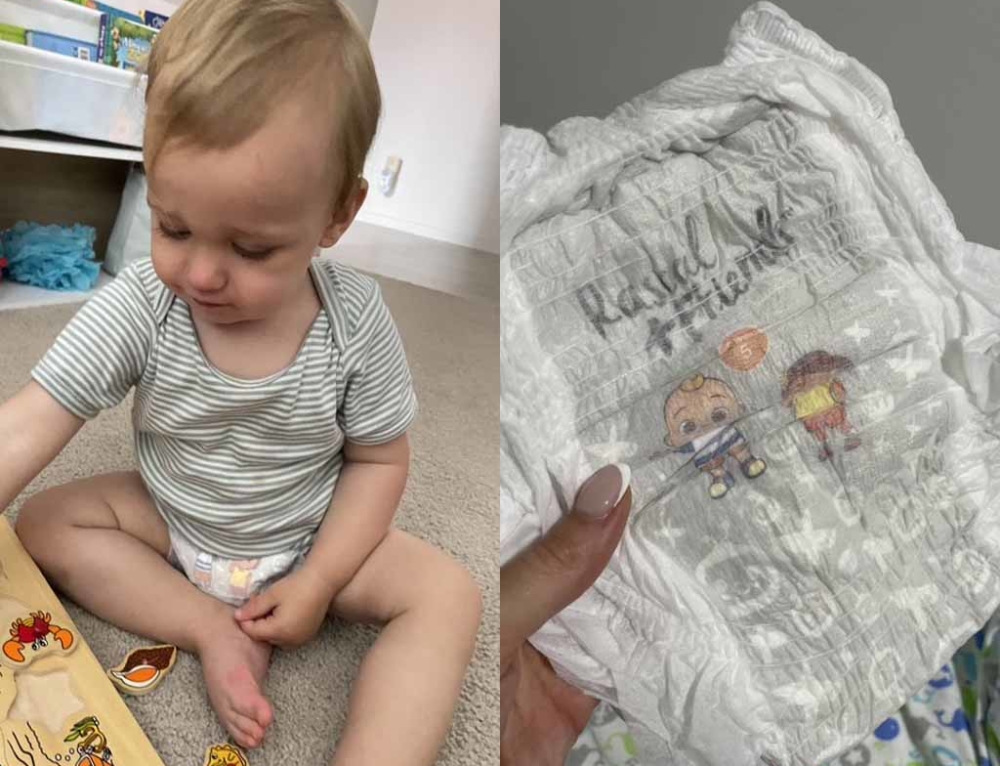Cow milk allergy (CMA) can occur at any age, but is most commonly found in babies. It’s estimated that approximately 2- 3% of babies have a cow’s’ milk allergy, which is usually outgrown as they mature. It is the protein in cow’s’ milk that triggers an allergic reaction is some babies, which can cause them to be uncomfortable, unhappy or unwell.
A cow’s’ milk allergy and lactose intolerance– the inability to digest the sugar lactose – are two different conditions. Lactose intolerance is actually quite rare in babies and tends to develop in older children and adults.
Symptoms of cow’s’ milk allergy
If your baby is allergic to the protein in cow’s’ milk, you will begin to see symptoms appear within a few months of birth.
Some symptoms can appear rapidly. These can include:
- irritability
- vomiting
- wheezing
- swelling
- hives, other itchy bumps on the skin
- bloody diarrhoea
- Anaphylaxis – though this is extremely rare due to a milk allergy.
Some symptoms don’t appear for 7-10 days. They can include:
- loose poo (possibly containing blood)
- vomiting
- gagging
- refusing food
- irritability or colicky
- skin rashes
Most children suffering from these symptoms as a result of a cow’s’ milk allergy are likely to outgrow the allergy by the time they are 2 years.
Breastfeeding will not protect your baby from cow’s’ milk allergy as the milk protein that you have in your diet can cross into your breast milk. If your baby does have this allergy, you need to remove dairy products from your diet until she is weaned to avoid reactions. Consult a dietician to ensure that you still meet your daily requirement of calcium and other nutrients by eating an alternative diet.
If your baby is bottle fed, you may need to change the type of formula you are currently using. Soy based formulas are cow’s’ milk protein free, or you may be advised to use a hypoallergenic formula, where the proteins are broken down into particles which is less likely to trigger an allergic reaction.
Hypoallergenic formulas
Hypoallergenic formulas can come in the form of:
- Extensively hydrolysed formula. The cow’s’ milk proteins are broken down into small particles so that they are less allergenic than the whole proteins in regular formulas. Many babies with a cow’s’ milk allergy can take this type of formula, but it can cause an allergic reaction in some.
- Amino acid-based infant formulas. This formula contains the cow’s’ milk proteins in their most basic form – the amino acid. This type of formula is only recommended if your baby can’t tolerate the hydrolysed formula.
Goats’ milk formula:
- Goats’ milk formula has had the milk modified so that it’s suitable for your baby.
- Unmodified or unpasteurised goats’ milk (straight from the farm) should never be given to your baby.
- Goat milk has lower levels of an allergenic protein than cow milk and is easier to digest
- The profile of goat milk is more similar to breast milk than cow milk is
- Lactose is present in slightly lower levels in goat than cow milk
- Cow milk contains high levels of an allergenic protein (alpha-S1 casein) while it occurs at low (trace) levels in goat milk. Cow and goat milk both however contain another allergenic protein (beta-lactoglobulin) .
- Check with your health care professional before starting your cow milk allergic baby on goat formula
A2 milk:
- Cow’s’ milk contains two proteins, A1 and A2. Different breeds of cow have different amounts of each protein in their milk.
- It has been suggested that children with a cow’s’’ milk allergy may not be sensitive to the A2 protein in cow’s’ milk – although it is possible that your child may be allergic to both proteins.
- The A2 milk that is now on the market, comes from Guernsey and Jersey cow’s’. Sheep and goats’ also produce milk high in A2 proteins.
- Don’t give A2 milk to your allergic child without consulting a specialist first.
Prebiotics:
Prebiotics are non-digestible food fibres that help our body by encouraging the growth of healthy bacteria in our gut. At this stage, there’s no proof that adding prebiotics to your baby’s diet will help protect or prevent food allergies.
IMPORTANT!
You can also buy ‘partially hydrolysed’ formulas but there are not hypoallergenic, as the proteins are only partially broken down, and they can trigger a strong allergic reaction in sensitive babies.
This article was written by Ella Walsh for Kidspot and has been adapted for Kidspot NZ







Leave A Comment
You must be logged in to post a comment.